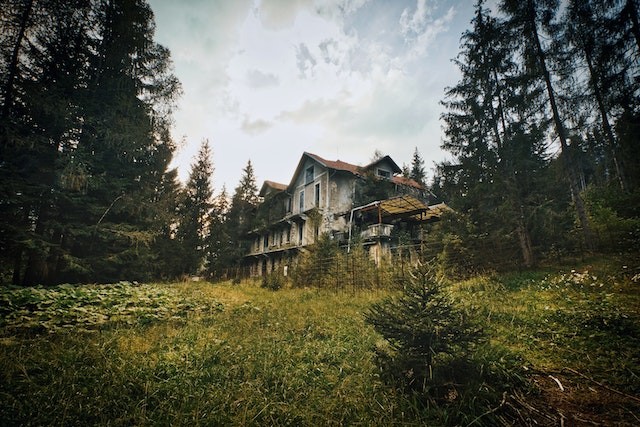
The climate crisis has seen ecosystems increasingly destroyed, and more communities displaced as unpredictable weather systems ravage continents.
National governments are united in their efforts to reverse the trend of rising global temperatures, with net-zero initiatives and sustainable legislation being drafted to minimize national carbon footprints.
The construction industry’s contributions to carbon emissions in the UK cannot be ignored, and the onus falls on construction businesses and contractors big and small to source new, sustainable approaches to their work.
Greener procedures can additionally save construction companies money using cheaper sustainable building materials and reduced operating costs. Furthermore, sustainable architecture can reduce waste production, by reducing the strain on shared water facilities.
What follows are some examples of sustainable materials, that are seeing an increase in uptake for construction projects of all different types.
1. Cob

A cob is a traditional form of building material, which is not commonly seen in contemporary constructions but can be used to great effect in smaller-scale domestic projects. Cob essentially comprises water, subsoil, and fibrous material in the form of hay or tree fibers.
Cob is easy to manipulate and can be used in the same manner as wattle-and-daub to ‘daub’ a wall. Cob walls are surprisingly resilient and have impressive insulative qualities. The low carbon footprint of cob makes it an alluring choice for new sustainable property development.
2. Plywood

Plywood is a manufactured wood product, comprising layers (or ‘plies’) of wood sheets that form a solid board. Plywood is a versatile wood product with a wide range of applications – and several attributes that uniquely suit it to specific designs and ideas. For example, plywood is much more flexible that solid wood alternatives, with smaller ply-count sheeting often used in creating curved surfaces.
Plywood is not a completely eco-friendly product, but it is a hard-wearing and cost-effective alternative. It can also have a less environmental impact than many solid wood sources do while conferring higher long-term sustainability to structures. Since plywood can be used to complete complex 3D surface designs, it can also lend itself to airflow-forward, energy-efficient building design.
3. Wool

The various attributes and qualities of wool are already well-known, thanks to its widespread use in the manufacture of warm and comfortable clothing. But this sheep by-product can also be put to excellent use in construction, as a natural insulant. Wool is more sustainable than conventional fiberglass insulation material, and easy to source too.
4. Recycled Plastics
Plastic is a ubiquitous material, despite the difficulties raised by attempts to dispose of it properly and safely. Plastic is a material that poses an existential threat to wildlife and ecosystems, often being non-biodegradable and even toxic to life.
But plastic recycling methods have been steadily improving over time, and the market for recycled plastic products is on the increase.
They pose the same risks as new plastic products over time, but in the short term represent much less carbon emission – while preventing more plastic from going to landfills. Recycled plastics are used in several ways, from the manufacture of drainpipes and waste flues to window frames and even cladding.
If you are in the construction industry or if you’re working with a property developer or architect, enquire about their use of eco-friendly building materials to ensure that you pay attention – and so should they.
![]()


Leave a Reply
You must be logged in to post a comment.